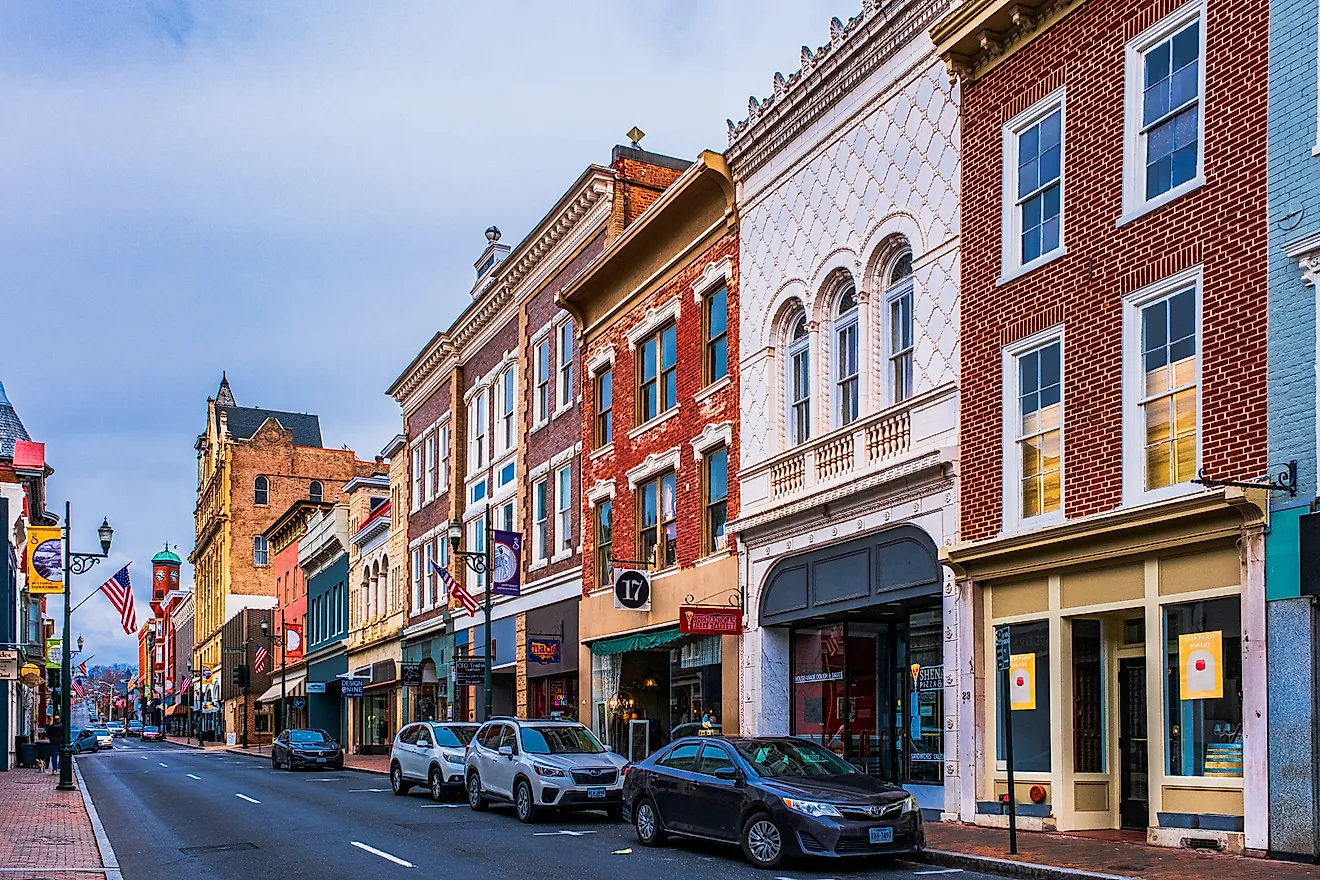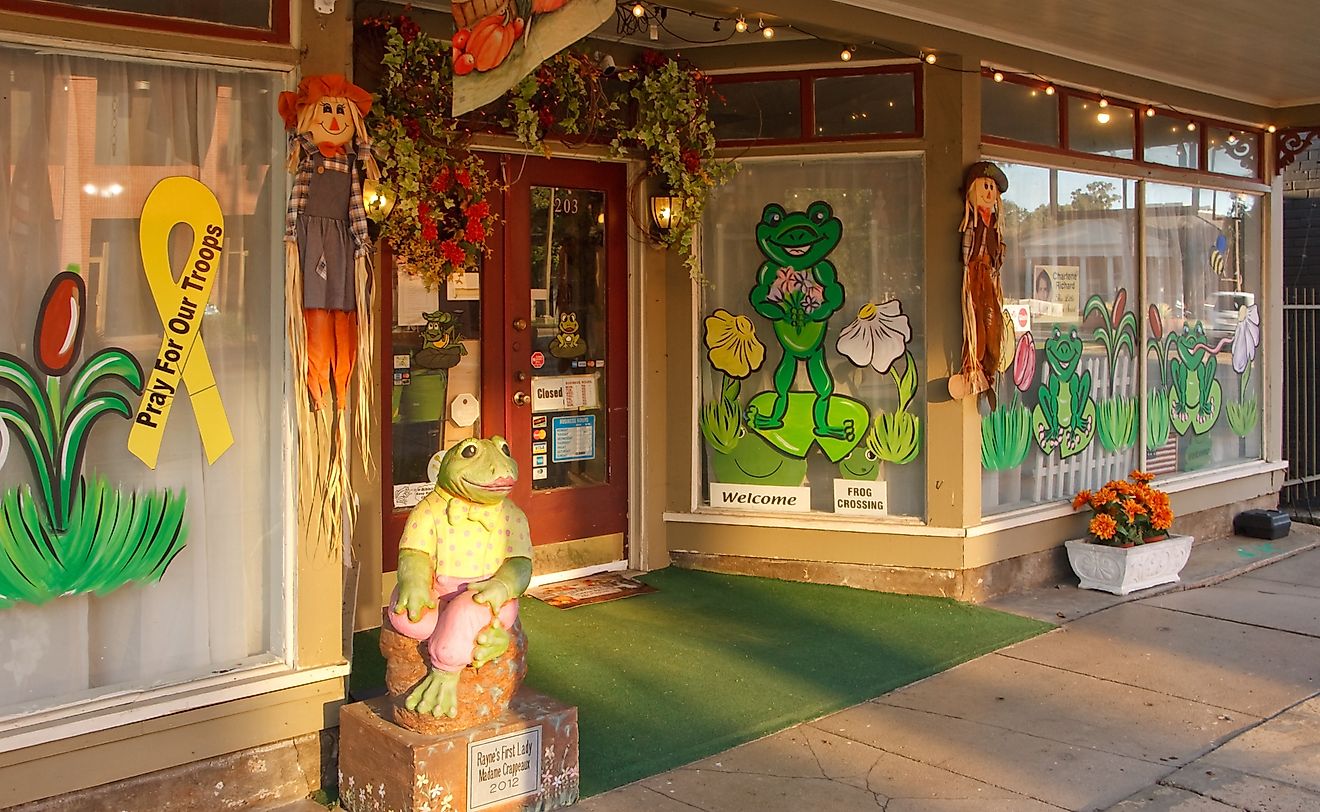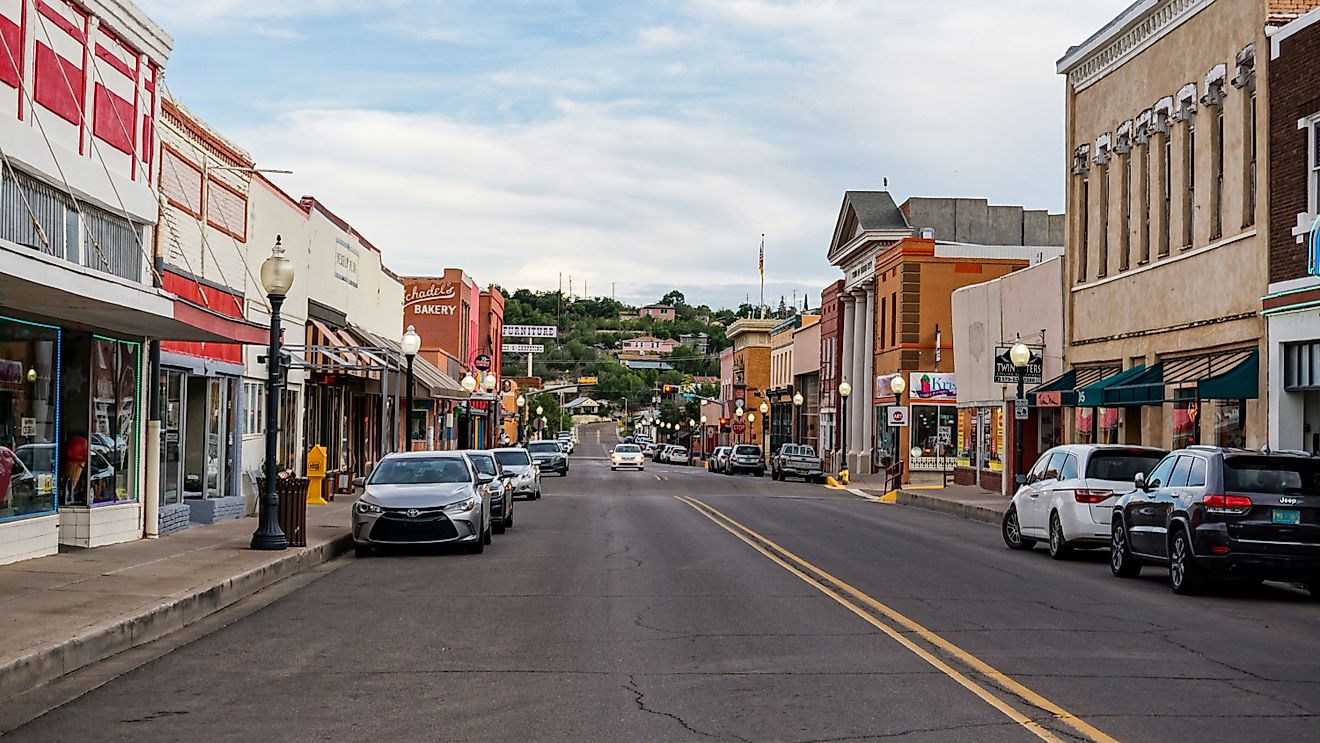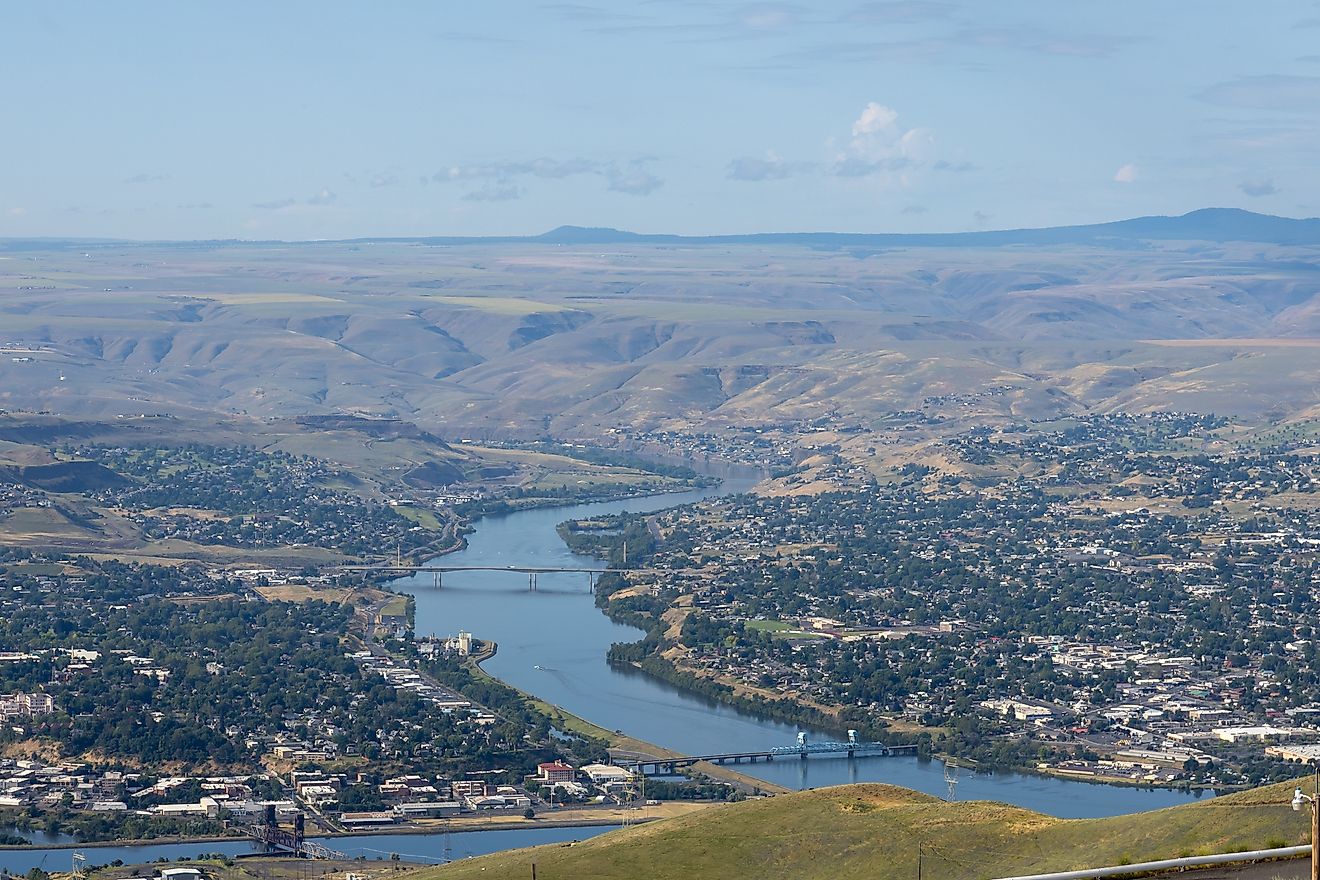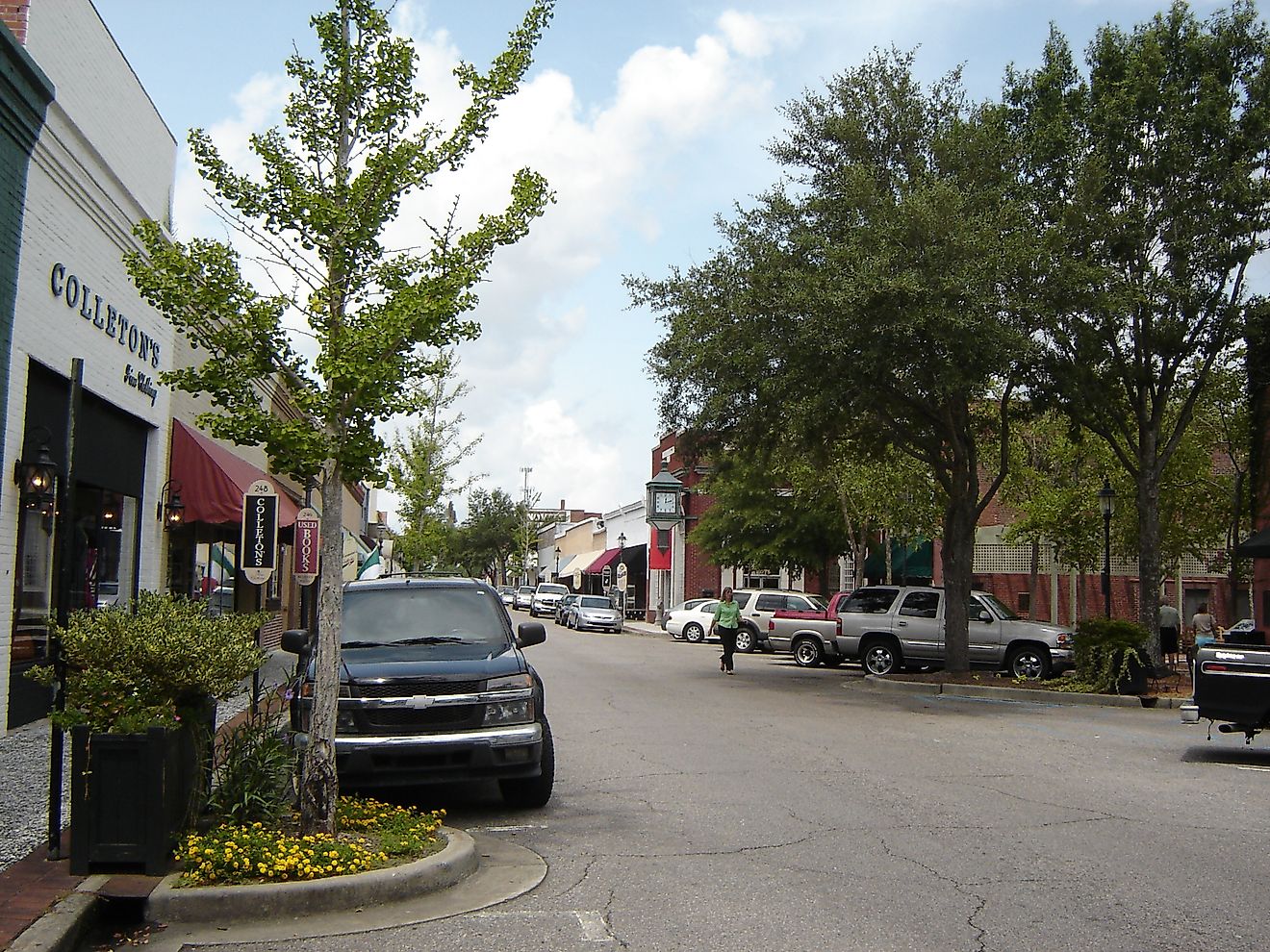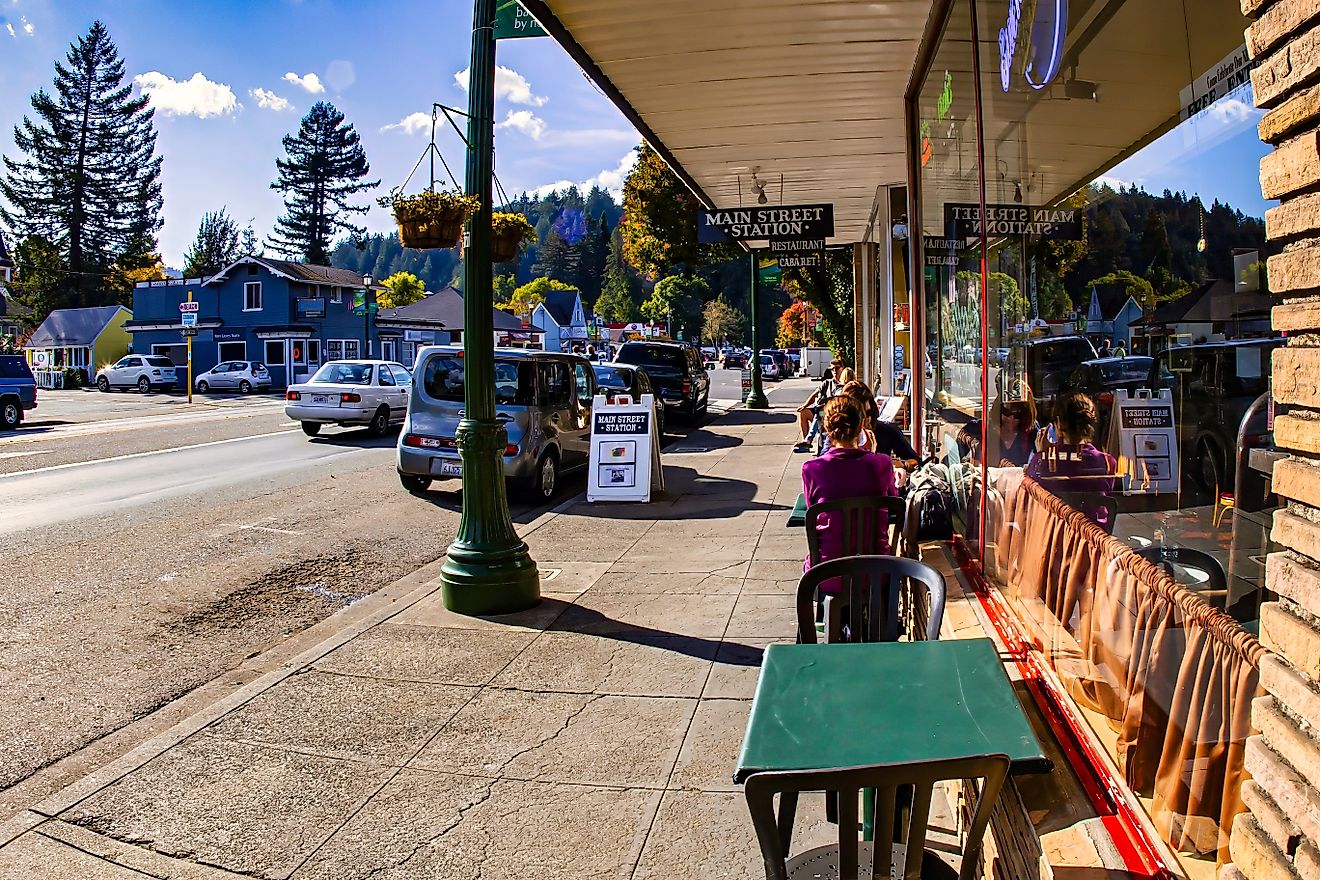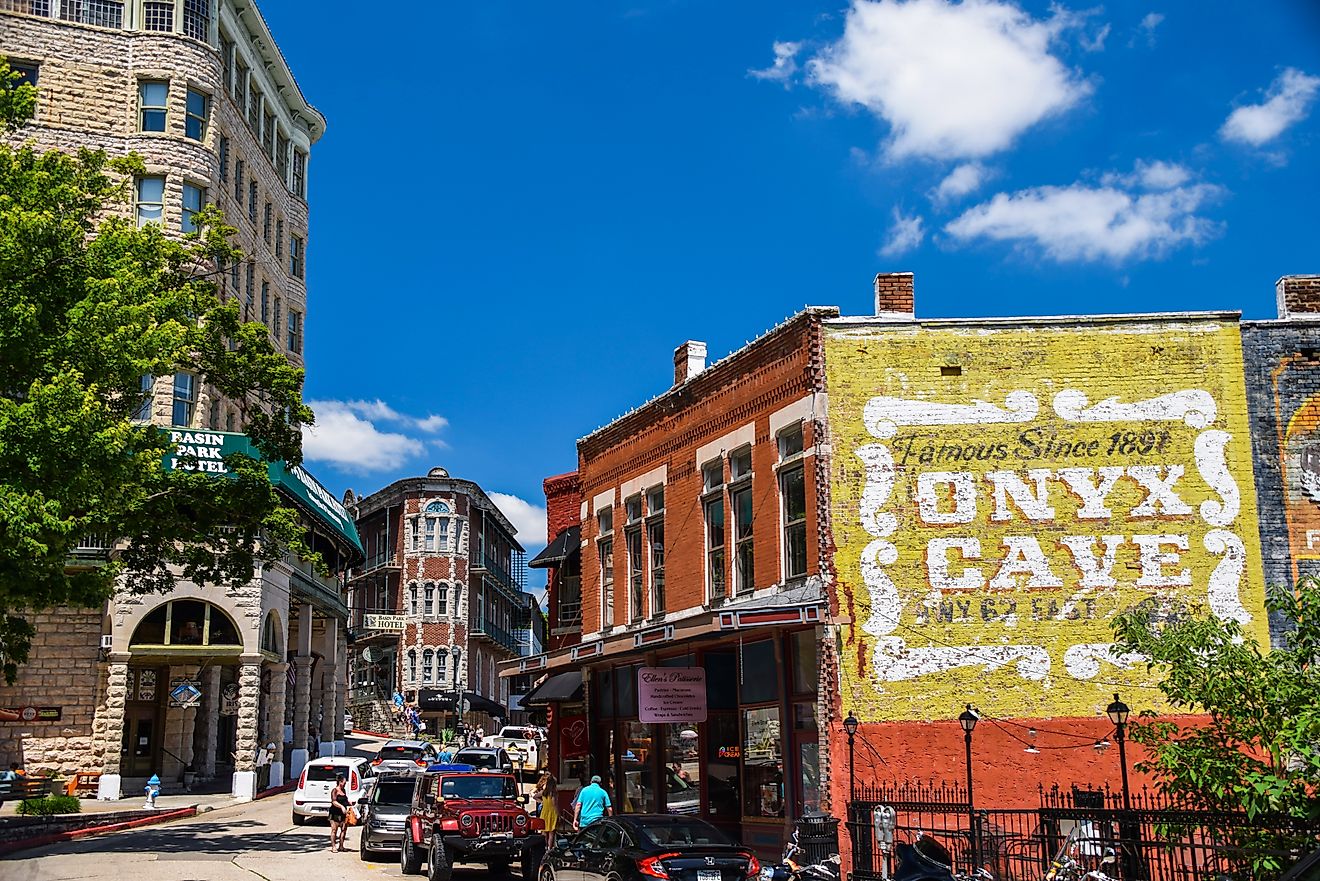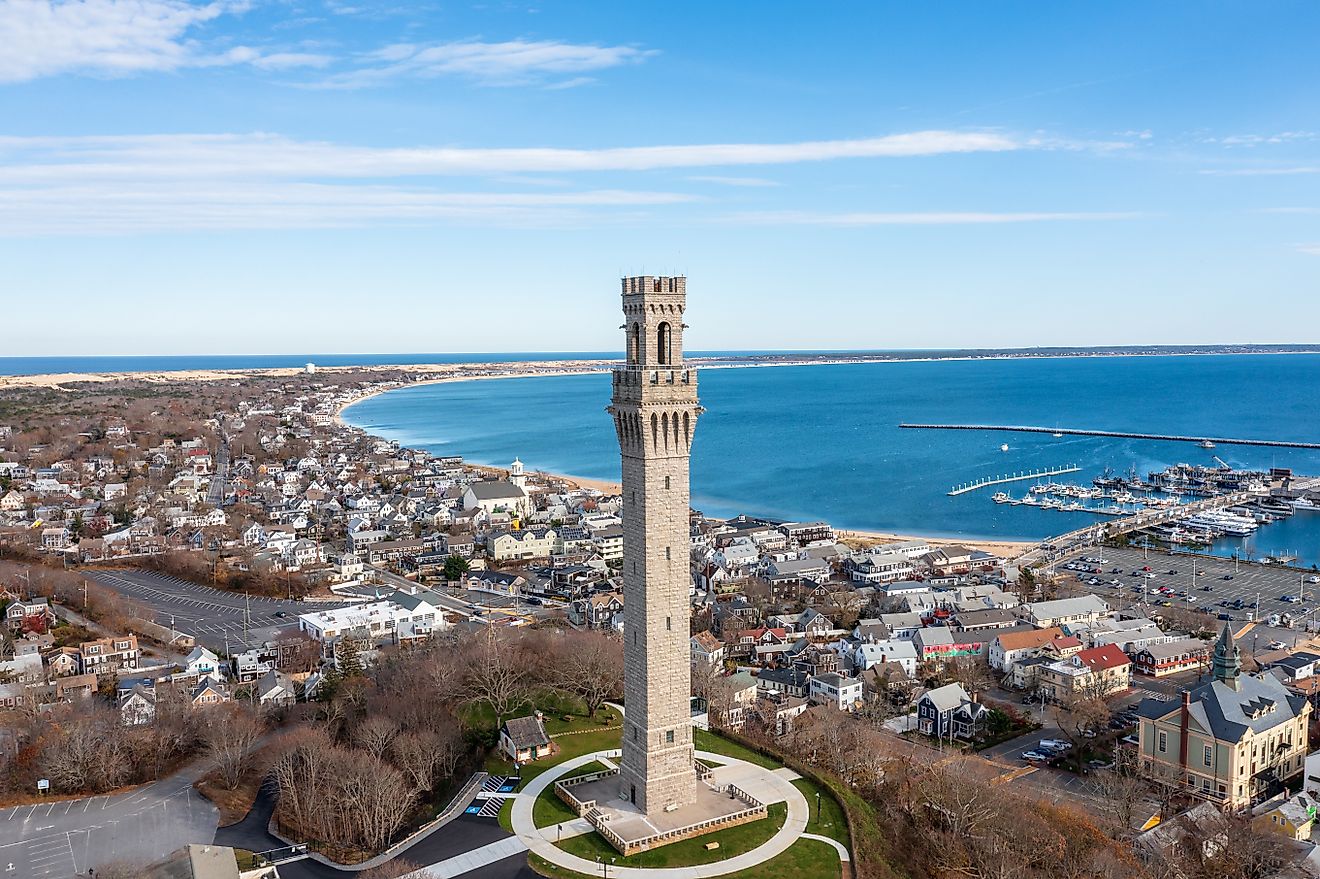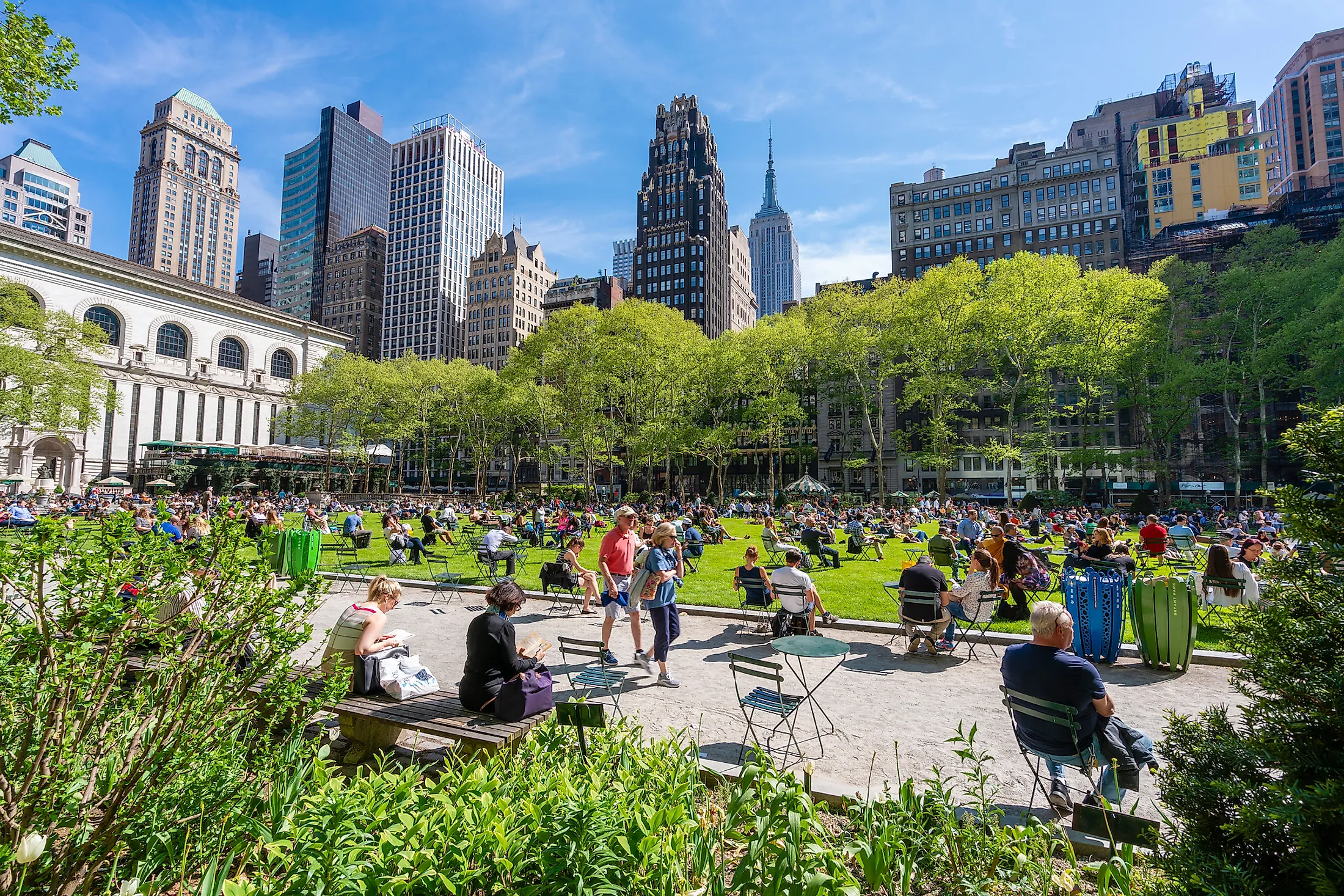
Bryant Park
Covering an area of only 0.038 sq. km, Bryant Park is a public park that is situated in the Manhattan borough of New York City. The Park is considered one of the most significant landmarks of New York and is nestled between the Fifth and Sixth Avenues as well as between the 40th and 42nd Streets in the heart of Manhattan. Established in 1847, the Bryan Park is under the ownership of the New York City Department of Parks and Recreation but is privately managed by the non-profit Bryant Park Corporation that maintains the park and keeps it accessible for the public throughout the year. Bryant Park is visited by more than 12 million tourists every year and is considered one of the world’s busiest public spaces.
About the Park
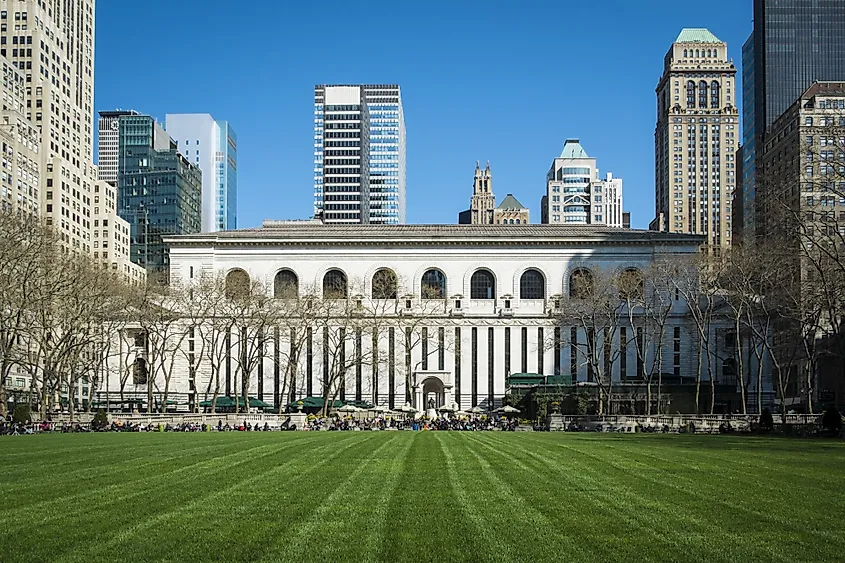
The Main Branch of the New York Public Library occupies the eastern portion of Bryant Park, while the western portion of the park is occupied by shaded walkways, lawns, and other amenities. The Park is mostly used as a passive recreation space and is currently considered a popular hangout for many people. Bryant Park is surrounded by the 1095 Avenue of the Americas and the Bank of America Tower in the northwest; by the American Radiator Building, 452 Fifth Avenue, Engineers’ Club Building, and Bryant Park Studios in the south; by the Stavros Niarchos Foundation Library and the 461 Fifth Avenue in the southeast; and by the Aeolian Building, 500 Fifth Avenue and the W.R. Grace Building in the north.
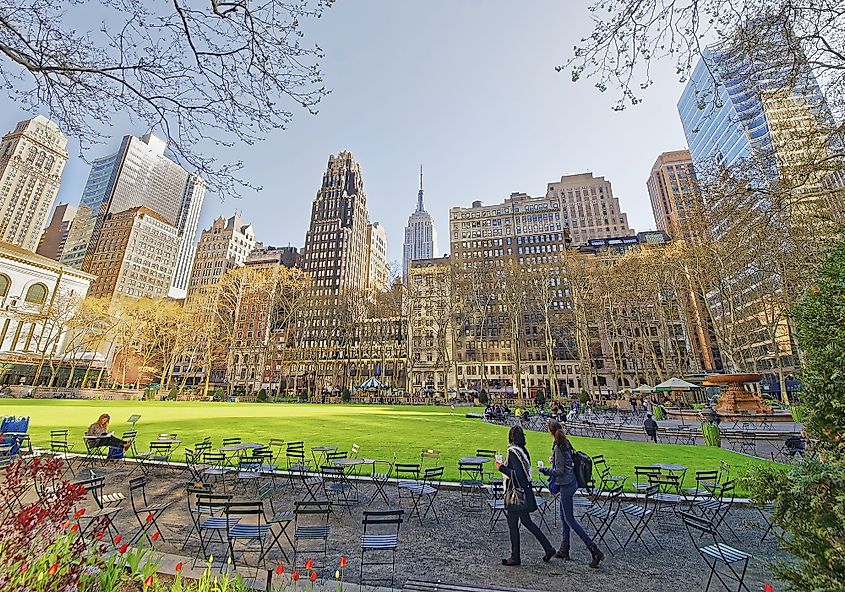
One of the most notable and attractive features of Bryant Park is a large lawn that is situated slightly below the surrounding walkaways. The lawn is 91.44m long and 65.53m wide and is a popular spot for office workers and students during their lunch breaks, families for picnics, and many other activities. The lawn remains open to the public from February to October, while during winter, the lawn serves as a site of the Bank of America’s Winter Village. Special events such as the Bryant Park Movie Nights and various free musical performances are held on the park’s lawn. The central lawn is surrounded by several walkaways. Both the northern and southern sides are flanked by two flagstone walkways. The walkways are in turn bordered by London plane trees that give the park a European feel.
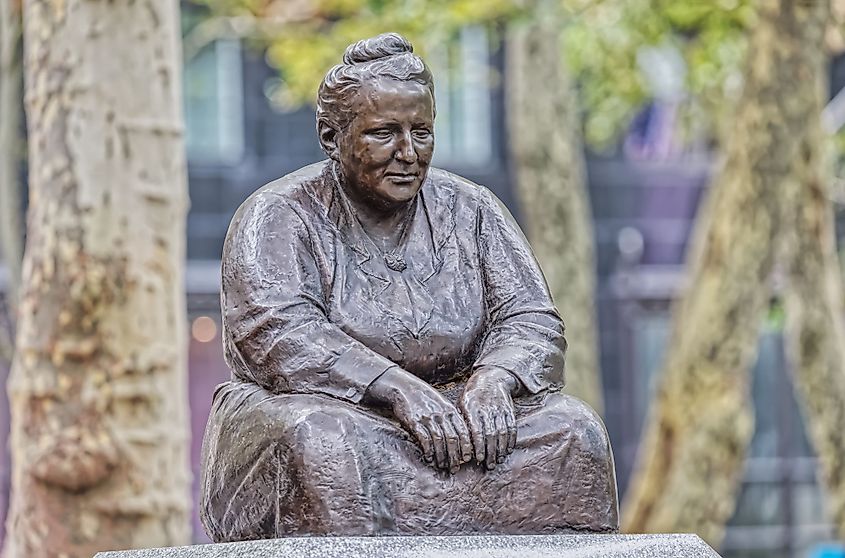
In addition to this, many important sculptures are located inside Bryant Park. Some of these notable sculptures include the William Cullen Bryant Memorial, Statue of William E. Dodge, Statue of Gertrude Stein, etc. A Beaux-Arts granite restroom structure is situated along 42nd Street at the northern border of the park. The Heiskell Plaza is located at the northwestern corner of the park while the Nikola Tesla Corner is situated at the southwestern corner. The Le Carrousel Magique designed by Marvin Sylvor was installed at the southern section of the park in 2002. After the park’s renovation, the Reading Room was recreated that provided a free and intimate space for reading books by contemporary writers and poets as well as other magazines and publications.
Brief History
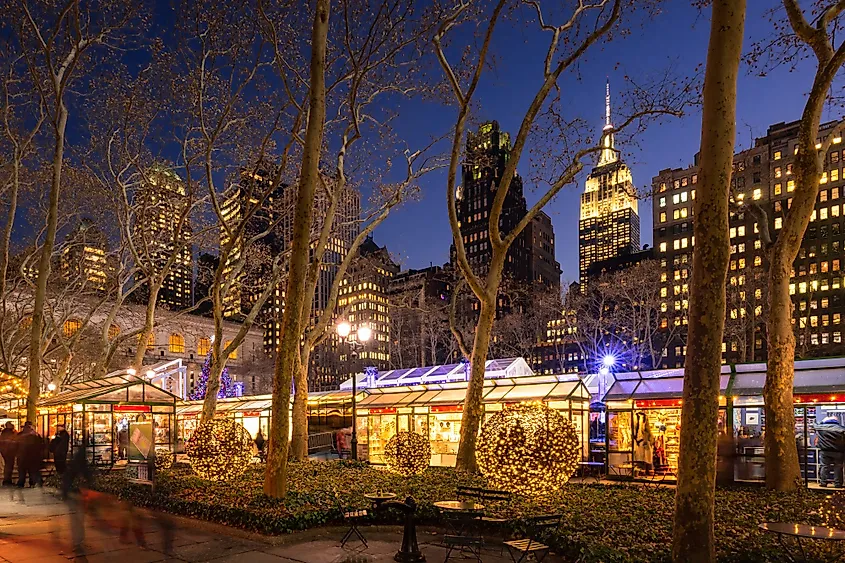
In 1686, New York’s colonial Governor Thomas Dongan designated the present park area as an unnamed public space. In 1776, the area was crossed by the troops of George Washington while returning from the Battle of Long Island. The Government of New York acquired the area in 1822 and designated it as a potter’s field and a cemetery for the poor. In 1840, the potter’s field was decommissioned and the bodies were transferred to Randalls and Wards Islands. The Croton Distributing Reservoir was built on the park’s eastern side due to its higher location. In 1847, the first park site was set up adjacent to it and the park was then colloquially known as the “Reservoir Square”. In 1853, the park served as the location for the Exhibition of the Industry of all Nations with the New York Crystal Palace. In 1856, the Latting Observatory and in 1858 the Crystal Palace were burned down.
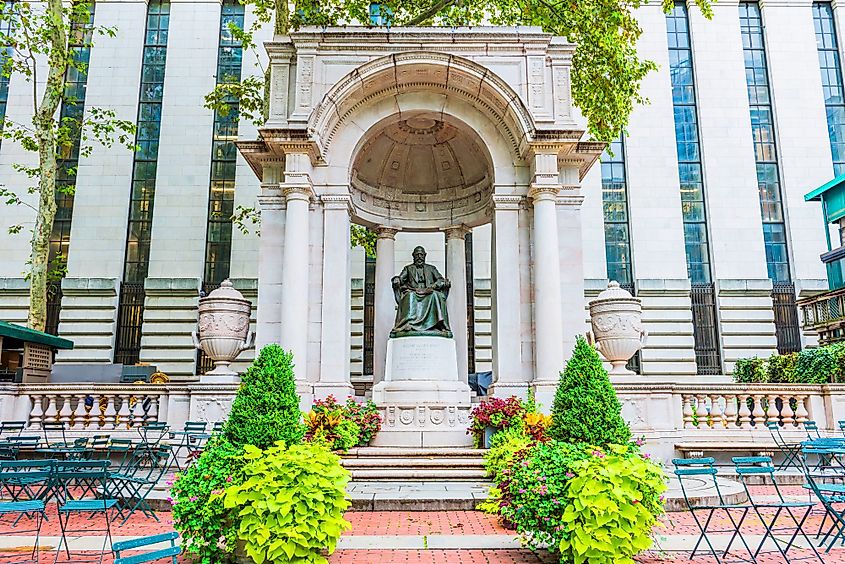
In 1884, the “Reservoir Square” was rechristened as the “Bryant Park” in honor of William Cullen Bryant – the New York Evening Post editor and abolitionist. In 1899, the Croton Distributing Reservoir was taken down and a library was constructed in its place. Besides the construction of the library that was designed by Carrère and Hastings, Bryant Park was given more amenities in the form of kiosks, terrace gardens, and other public facilities. Due to the park’s elevated location, an embankment wall, a hedge, and an iron fence were constructed on the park’s northern, western and southern borders to separate it from the sidewalks.
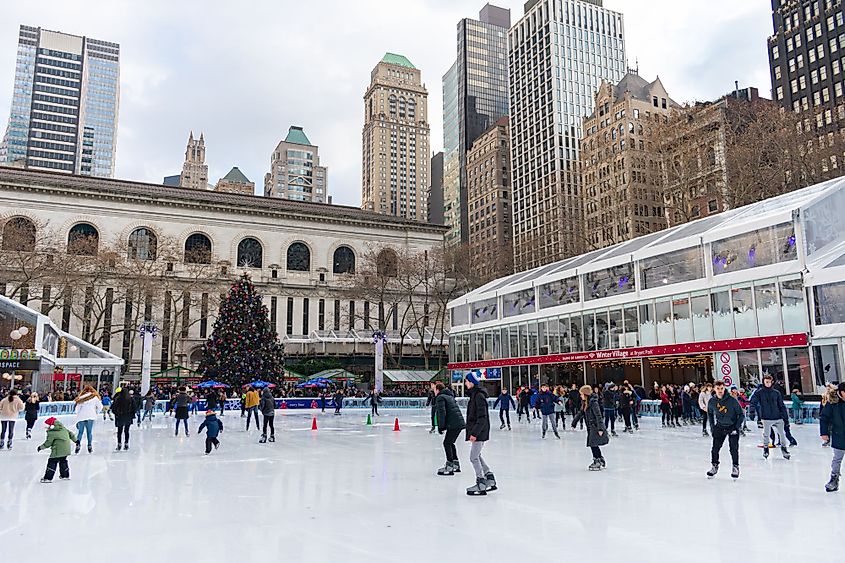
Many transit lines and infrastructure projects were built around Bryant Park due to its strategic location in the central part of Manhattan. Some of these projects include the Sixth Avenue Elevated Railway, the Hudson & Manhattan Railroad, Catskill Aqueduct, etc. Some portions of the park were temporarily closed in the 1920s during the construction of the Interborough Rapid Transit. However, this long closure and negligence resulted in the degradation of Bryant Park. In the 1970s, numerous homeless people, prostitutes, drug dealers, etc settled in the park and made it their home and place of business. Nevertheless, normal citizens and visitors began avoiding the park in fear of danger and its degraded condition. In 1979, the Parks Council initiated several entertainment activities, landscape improvements, book and flower markets, etc to bring the park back to life. In 1980, Daniel A. Biederman and Andrew Heiskell established the Bryant Park Restoration Corporation that brought significant changes, and drastically improved the condition of Bryant Park. From July 11, 1988, onwards Bryant Park was closed for renovations. The Park was redesigned by architect Lusby Simpson, where the restrooms and gardens were redesigned, the lights were improved, the sculptures were repaired and the paths were made more accessible. The improvement in the park’s condition brought businesses into the park and kiosks and pavilions for dining were eventually established. After the restoration works were completed, Bryant Park was officially reopened on April 21, 1992. In 1995, an article in the New York Times referred to the park as an “office oasis” and as the “Town Square of Midtown”. Bryant Park is a New York City designated landmark and has also been listed in the National Register of Historic Places.


